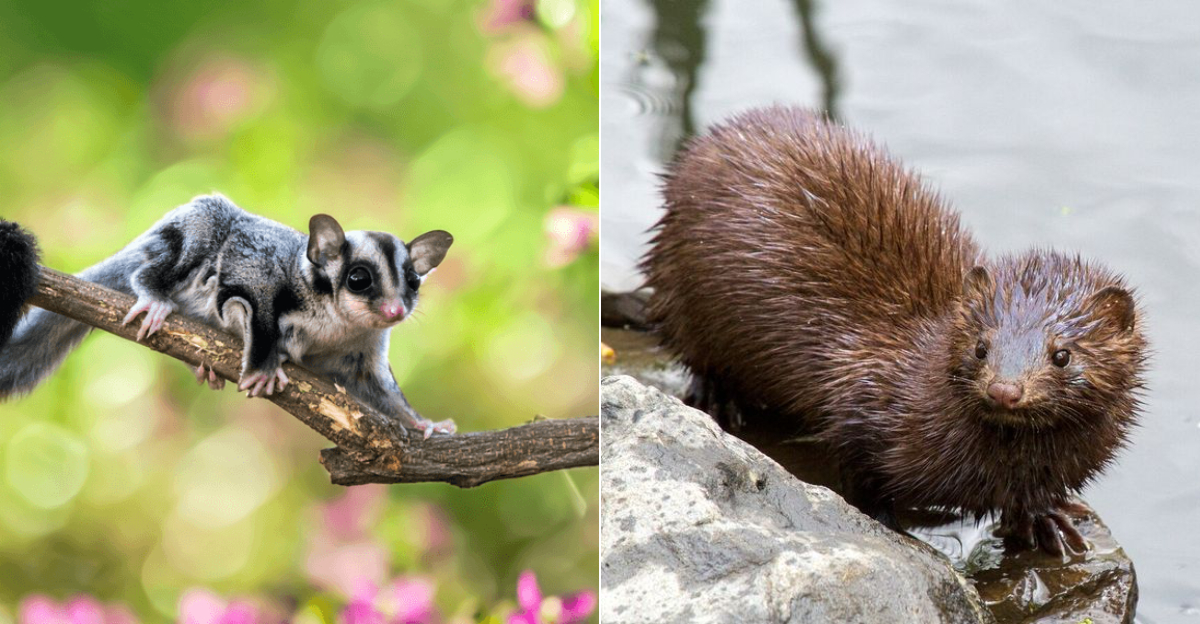Ever dreamed of owning something more unusual than a cat or dog?
Michigan residents have options beyond the ordinary when it comes to animal companions. While many exotic animals are prohibited in the state, there are still some fascinating creatures you can legally keep as pets.
Let’s explore ten exotic animals that you can actually own in Michigan without breaking any laws.
1. Fennec Fox
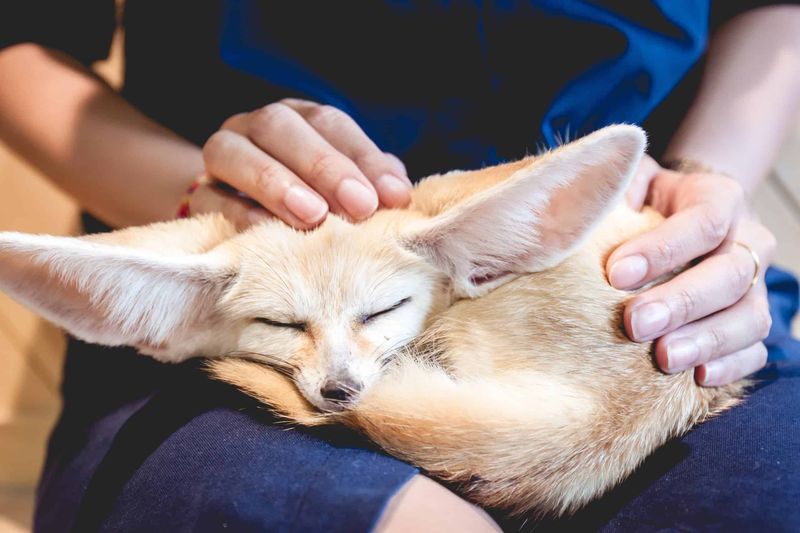
Those massive satellite-dish ears aren’t just for show! Fennec foxes use their oversized ears to detect prey beneath the desert sand. Native to North Africa, these pint-sized predators weigh just 2-3 pounds but pack enormous personality into their tiny frames.
Nocturnal by nature, expect your fennec to turn your home into a playground when the sun goes down. Their energy levels rival that of a toddler hopped up on sugar cookies. They bond deeply with owners but require specialized diets and desert-like habitat conditions.
Caring for these sandy sweethearts means committing to their 10-14 year lifespan and adapting to their unique vocalizations, from purrs to screams that would make a banshee jealous.
2. Serval
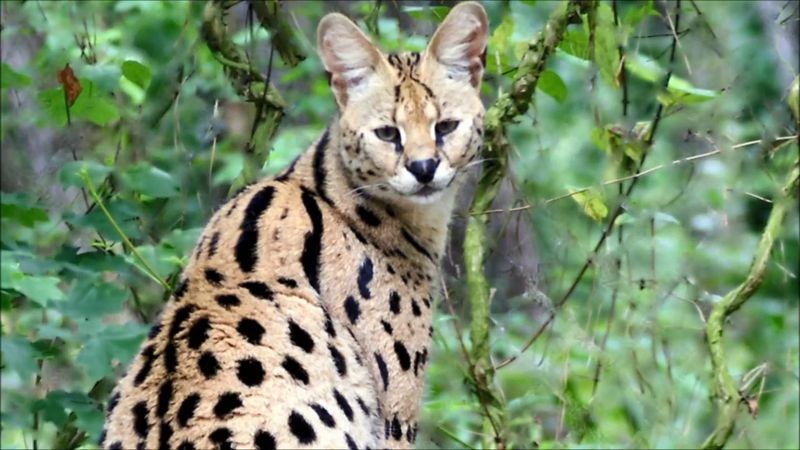
Watching a serval leap six feet straight up to snatch a bird mid-flight will make you question everything you thought you knew about cats. These elegant African wildcats sport spotted golden coats and impossibly long legs that give them a supermodel silhouette among felines.
Unlike your average housecat, servals require massive enclosures with climbing opportunities and pools for splashing. Their specialized diet includes whole prey items, making squeamish owners reconsider their choice.
Raising a serval means embracing their wild instincts while providing ample enrichment to prevent destructive behaviors. Remember… that cute kitten grows into a 40-pound athlete capable of opening refrigerators and decimating your furniture.
3. Savannah Cat
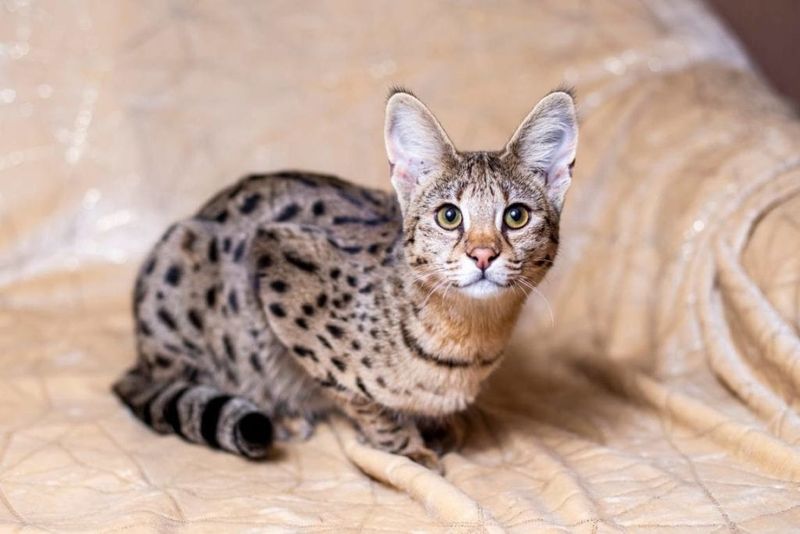
Half domestic cat, half serval, all attitude! Savannah cats strut around with the confidence of runway models and the athleticism of Olympic gymnasts. These spotted hybrids inherit their wild ancestor’s stunning coat pattern but come in a more manageable package for the average exotic pet enthusiast.
Earlier generations (F1-F3) retain more wild characteristics and size, while later generations become progressively more domesticated. Your furniture will still need reinforcement—these cats can jump onto refrigerators from a standstill.
Their dog-like loyalty includes following you around, walking on leashes, and playing fetch with an enthusiasm that puts retrievers to shame.
4. Bengal Cat
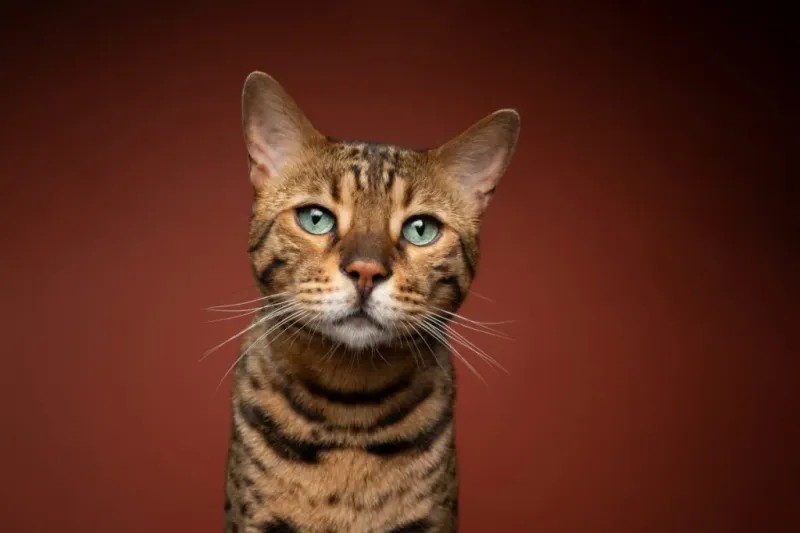
Marble patterns and rosette spots adorn these mini-leopards, making them living works of art that just happen to use your laundry basket as a hiding spot. Bengals resulted from crossing domestic cats with Asian leopard cats, creating the perfect blend of wild beauty and housecat compatibility.
Running water drives them wild with excitement, so expect your Bengal to join you in the shower or play endlessly in sinks. Their athletic builds support impressive vertical jumps and parkour-like antics across your furniture.
Highly intelligent and easily bored, these cats require puzzle toys, climbing opportunities, and interactive play sessions. Without proper stimulation, they’ll create their own entertainment by reorganizing your bookshelf or testing gravity with your fragile collectibles.
5. Sugar Glider
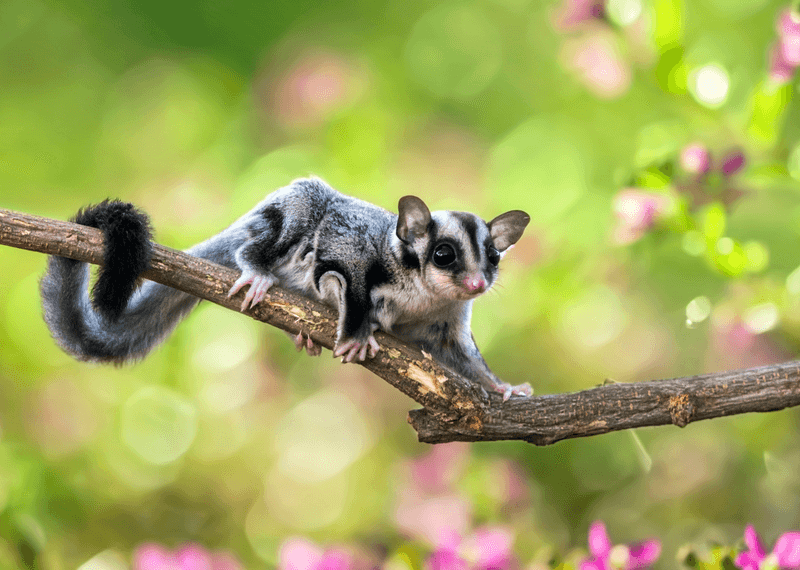
Imagine a flying squirrel crossed with a tiny koala that fits in your pocket—that’s the sugar glider in a nutshell. These nocturnal marsupials glide between trees using a membrane called a patagium, achieving distances up to 150 feet in their native Australia.
Bonding with sugar gliders requires extreme patience and specialized pouches where they’ll sleep against your body. They’re colony animals that become depressed without companions, so adopting at least two is non-negotiable.
Their complex diet includes nectar, insects, and specific protein sources! Be prepared for their distinctive scent marking and vocal repertoire ranging from adorable chirps to barking sounds.
6. Opossum
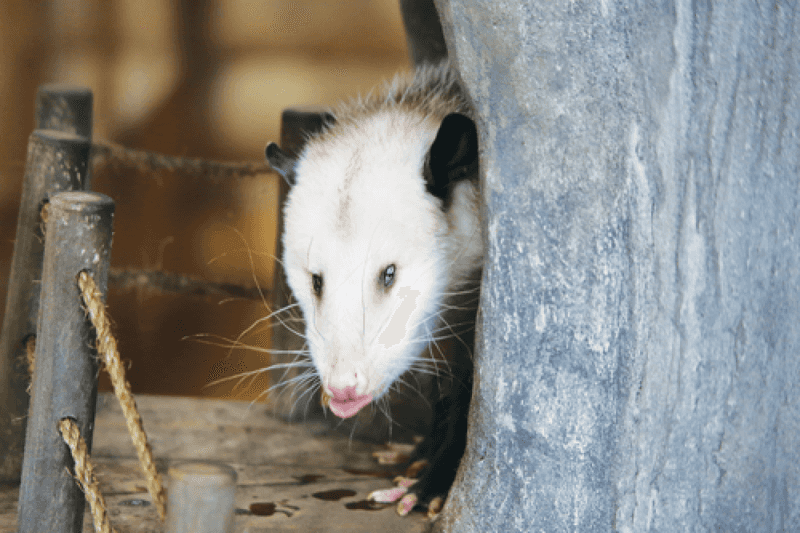
Forget what you’ve heard about these misunderstood marsupials—opossums are tick-destroying, snake-venom-resistant cleaning crews with prehensile tails and immunity to rabies. Their 50 teeth might look intimidating, but they’re more likely to faint than fight when frightened.
Captive-bred opossums make surprisingly affectionate pets with proper socialization. Their short lifespan of 2-4 years makes them less of a commitment than traditional pets, though finding specialized veterinary care presents challenges.
Bonus: these walking pest control services consume thousands of ticks annually and are naturally resistant to Lyme disease. Their constantly warm body temperature (94-97°F) makes them excellent cuddle buddies during Michigan’s frigid winters, though their naked tails and ears require protection from extreme cold.
7. Skunk
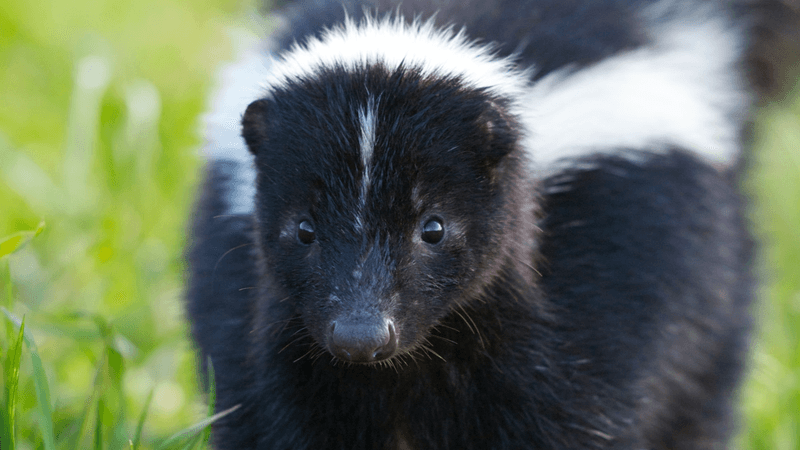
Legally kept as pets only when descented, these intelligent omnivores form strong bonds with their humans and display dog-like loyalty with cat-like independence.
Their curiosity rivals that of toddlers, requiring skunk-proofing measures that make childproofing look amateur. Cabinets, refrigerators, and even light switch covers aren’t safe from their dexterous paws.
Diet management proves crucial as these natural foragers tend toward obesity in captivity. Their seasonal personality shifts include intense nesting behaviors during winter months when they’ll steal your socks, underwear, and anything soft to create elaborate bedding fortresses.
8. Raccoon
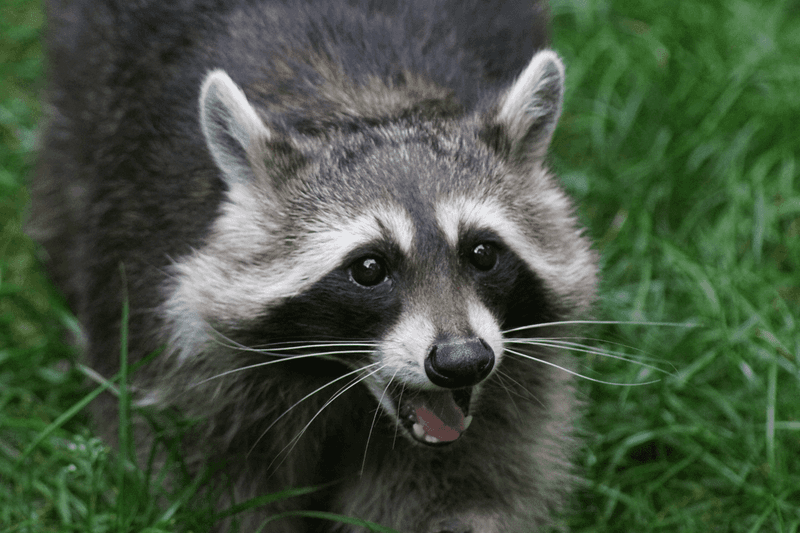
Raccoons possess near-human hand dexterity coupled with problem-solving skills that would impress escape room designers. Their intelligence demands constant enrichment through puzzle toys, foraging opportunities, and rotating novelties.
Without proper stimulation, expect them to dismantle your plumbing or reprogram your smart home devices. Captive-bred raccoons can form strong bonds with owners but retain their wild instincts throughout life. Their famous “washing” behavior continues indoors—smartphones, remote controls, and anything shiny will be dunked in water dishes repeatedly, testing both your patience and your warranty coverage.
9. Mink
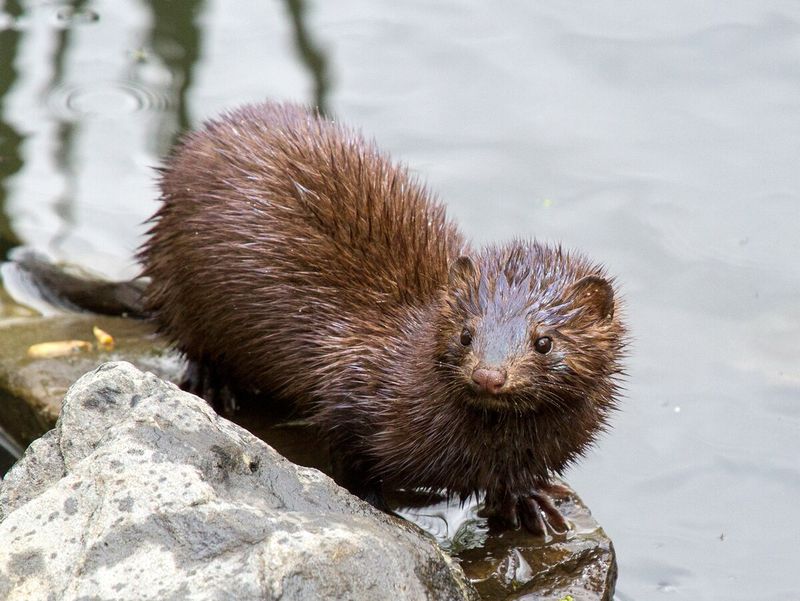
Flowing like liquid mercury through water, minks combine the hyperactivity of ferrets with the swimming prowess of otters. These semi-aquatic mustelids require elaborate enclosures with swimming areas and climbing opportunities to satisfy their never-ending energy reserves.
Territorial and strong-willed, minks aren’t for the faint-hearted or first-time exotic pet owners. Their lightning-fast reflexes and razor-sharp teeth demand respect and careful handling techniques. When properly socialized, however, they form intense bonds with their chosen humans.
Feeding these carnivores requires a specialized raw diet including whole prey items.
10. Hedgehog
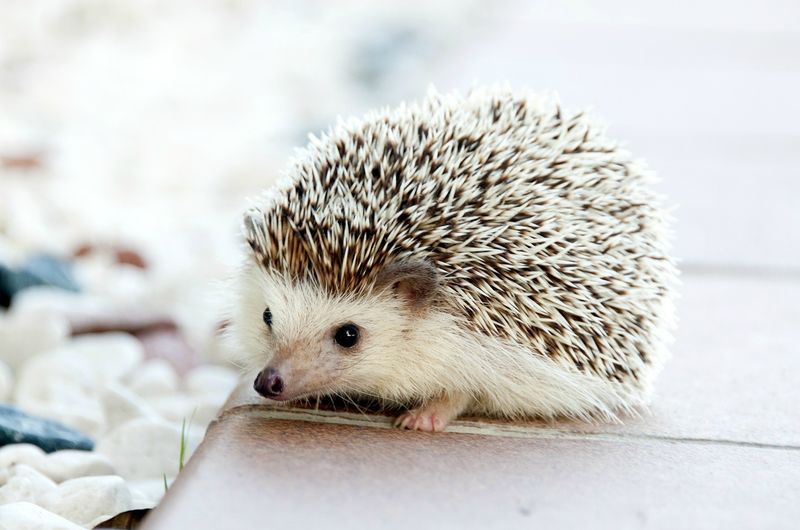
Handling these nocturnal animals requires patience as they initially respond to touch by transforming into spiky bowling balls. Their unique defensive mechanism, called “huffing,” sounds like tiny steam engines running on pure indignation. Proper socialization gradually reduces these behaviors.
Temperature sensitivity makes hedgehogs demanding roommates since they require consistent warmth between 72-80°F to prevent attempted hibernation, which can be fatal in captivity.
Their specialized diet focuses on high-quality cat food supplemented with insects, making feeding time an adventure in mealworm wrangling.
